JAJSHC4A May 2019 – November 2019 ATL431LI-Q1 , ATL432LI-Q1
PRODUCTION DATA.
- 1 特長
- 2 アプリケーション
- 3 概要
- 4 改訂履歴
- 5 Device Comparison Table
- 6 Pin Configuration and Functions
- 7 Specifications
- 8 Parameter Measurement Information
- 9 Detailed Description
-
10Applications and Implementation
- 10.1 Application Information
- 10.2
Typical Applications
- 10.2.1 Comparator With Integrated Reference
- 10.2.2 Design Requirements
- 10.2.3 Detailed Design Procedure
- 10.2.4 Application Curves
- 10.2.5 Precision LED Lighting Current Sink Regulator
- 10.2.6 Shunt Regulator/Reference
- 10.2.7 Isolated Flyback with Optocoupler
- 10.2.8 Adjustable Reference for Tracking LDO
- 10.3 System Examples
- 11Power Supply Recommendations
- 12Layout
- 13デバイスおよびドキュメントのサポート
- 14メカニカル、パッケージ、および注文情報
7.6 Typical Characteristics
Data at high and low temperatures are applicable only within the recommended operating free-air temperature ranges of the various devices.
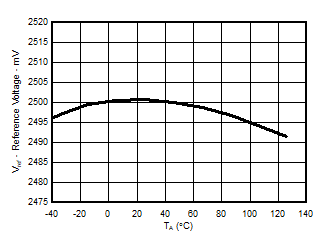 Figure 1. Reference Voltage versus Free-Air Temperature
Figure 1. Reference Voltage versus Free-Air Temperature 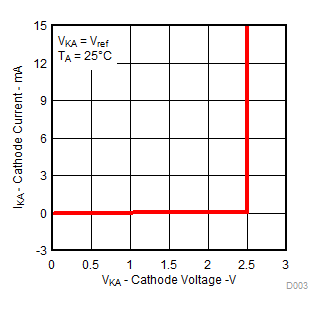 Figure 3. Cathode Current versus Cathode Voltage
Figure 3. Cathode Current versus Cathode Voltage 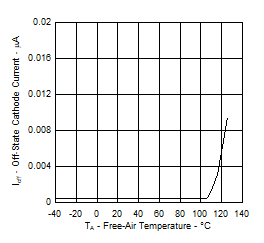 Figure 5. Off-State Cathode Current
Figure 5. Off-State Cathode Current
versus Free-Air Temperature
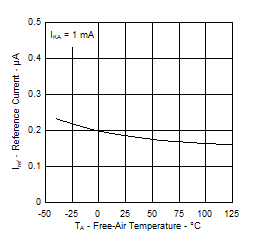 Figure 2. Reference Current versus Free-Air Temperature
Figure 2. Reference Current versus Free-Air Temperature 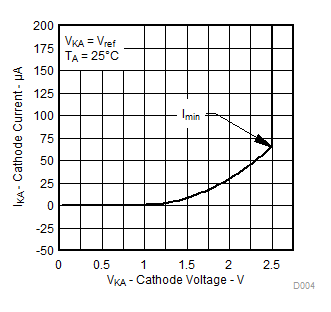 Figure 4. Cathode Current versus Cathode Voltage
Figure 4. Cathode Current versus Cathode Voltage 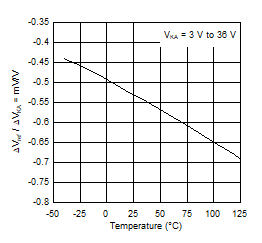 Figure 6. Ratio of Delta Reference Voltage to Delta Cathode Voltage versus Free-Air Temperature
Figure 6. Ratio of Delta Reference Voltage to Delta Cathode Voltage versus Free-Air Temperature 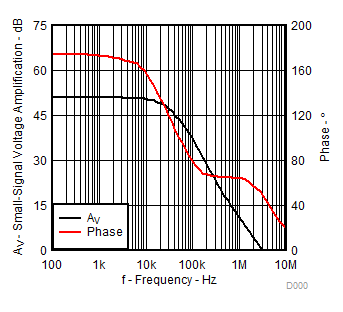
versus Frequency
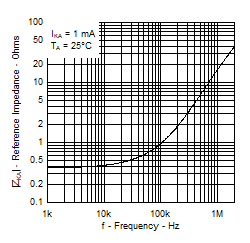 Figure 9. Reference Impedance versus Frequency
Figure 9. Reference Impedance versus Frequency 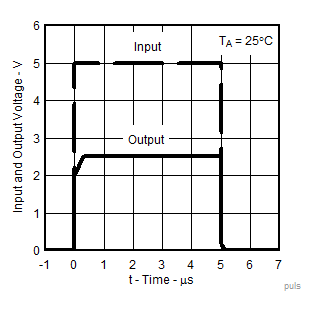 Figure 11. Pulse Response
Figure 11. Pulse Response 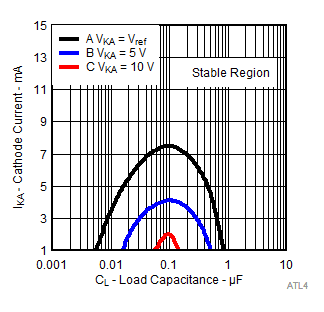
The areas under the curves represent conditions that may cause the device to oscillate. For curves B and C, R2 and V+ are adjusted to establish the initial VKA and IKA conditions, with CL = 0. VBATT and CL then are adjusted to determine the ranges of stability.
Figure 13. Stability Boundary Conditions for All ATL431LI-Q1, ATL432LI-Q1 Devices Above 1 mA 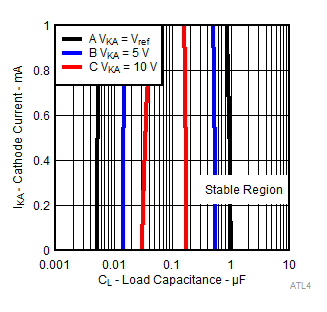
A. The areas in-between the curves represent conditions that may cause the device to oscillate. For curves B and C, R2 and V+ are adjusted to establish the initial VKA and IKA conditions, with CL = 0. VBATT and CL then are adjusted to determine the ranges of stability.
Figure 15. Stability Boundary Conditions for All ATL431LI-Q1, ATL432LI-Q1 Devices Below 1 mA 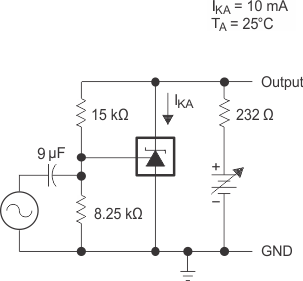 Figure 8. Test Circuit for Voltage Amplification
Figure 8. Test Circuit for Voltage Amplification 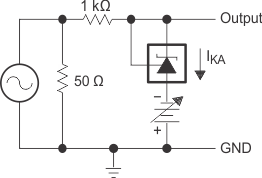
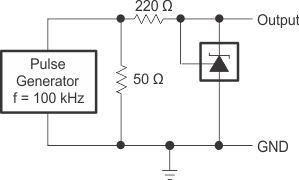
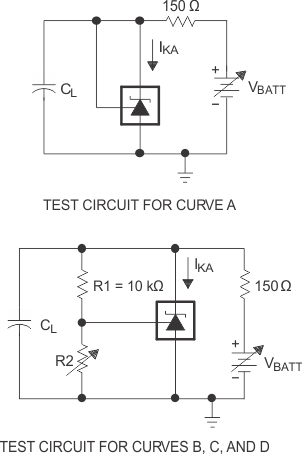 Figure 14. Test Circuit for Stability Boundary Conditions
Figure 14. Test Circuit for Stability Boundary Conditions  Figure 16. Test Circuit for Stability Boundary Conditions
Figure 16. Test Circuit for Stability Boundary Conditions